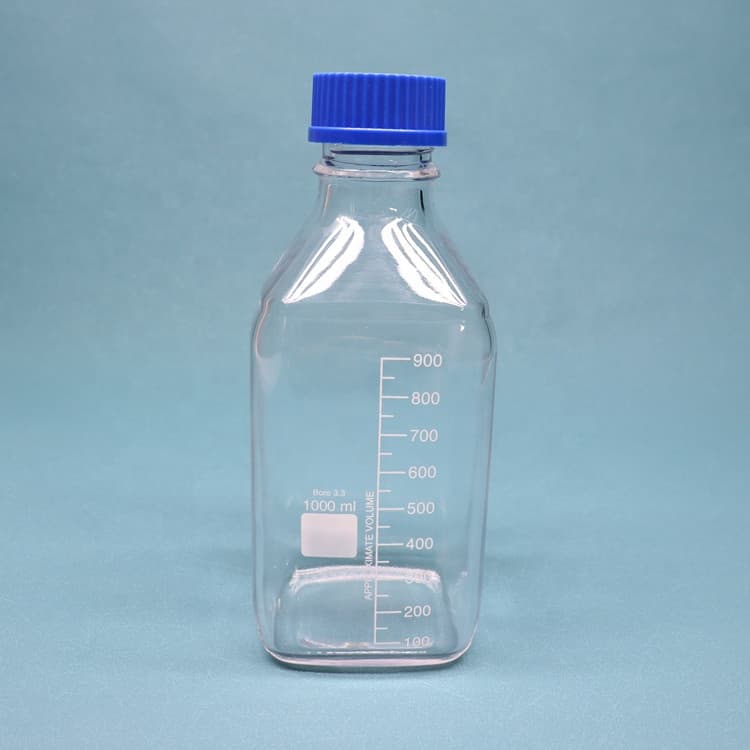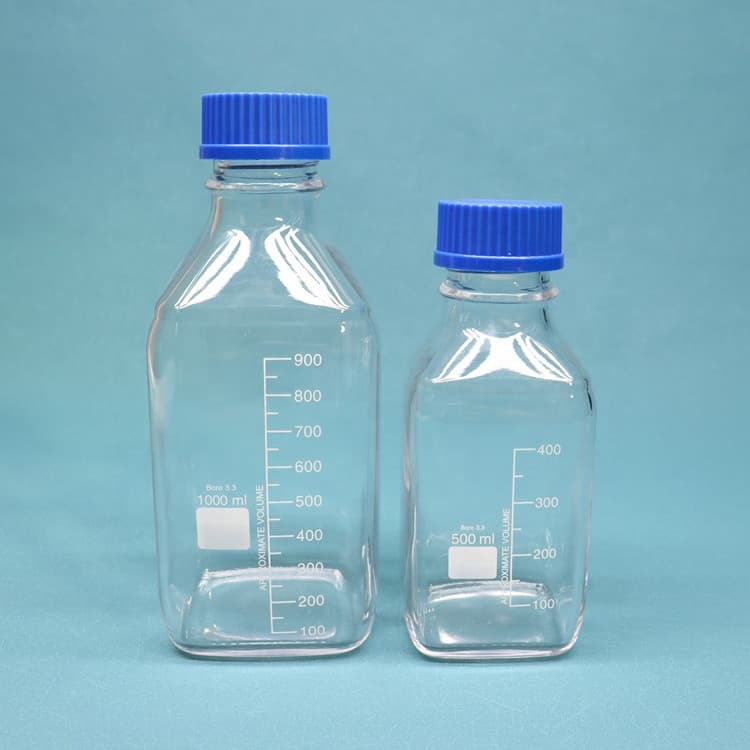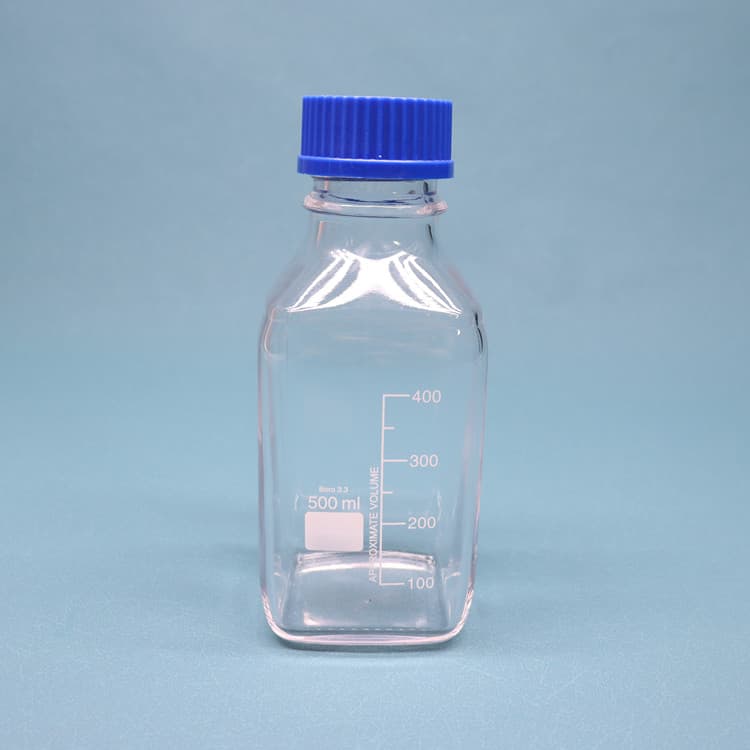



Aug 9, 2023 · Some ways to improve resolution are to adopt new column chemistries and employ modern instruments and software technologies, but if you don’t have the option of upgrading your technology, there’s likely a handful of things you can change in your current workflow to improve peak resolution.
Resolution is an important HPLC performance indicator usually assessed by how quickly and how completely target components in a sample separate as they pass through a column. Resolution is measured by dividing the difference in peak retention times by the average peak width.
Mar 1, 2012 · PDF | Recently, various approaches have been addressed to improve chromatographic performance in terms of sensitivity or selectivity, from the | Find, read and cite all the research you need on ...
Jun 7, 2017 · Abstract. High-performance liquid chromatography (HPLC) is a chromatographic technique of great versatility and analytical power that can be applied to any compound with solubility in a liquid that can be used as the mobile phase. HPLC is widely used in food analysis to quantitate small molecules and ions and to separate and purify macromolecules.
Mar 3, 2016 · High-performance liquid chromatography (HPLC) is a widely used technique to separate molecules from heterogeneous solutions for further characterization. HPLC is often used prior to mass spectrometry in the identification of peptides, proteins and other molecules. Ultra-high performance liquid chromatography (UHPLC) can provide better resolution, increased sensitivity and faster separation
Sep 16, 2019 · The Orbitrap mass analyzer consists of three electrodes as shown in Figure 1.These cut-outs show both a standard trap as introduced in 2005 10 and a so-called high-field compact trap introduced in 2011. 11 The two outer, cup-shaped electrodes face inwards, separated by approximately 100 µm, and are secured by a central, dielectric ring.
Decreasing the amount of acetonitrile and increasing the amount of water in the mobile will increase retention times, providing a better resolution. 12.5.6 Evaluation With a few exceptions, the scale of operation, accuracy, precision, sensitivity, selectivity, analysis time, and cost for an HPLC method are similar to GC methods.
Nov 18, 2020 · Since the dotcom bubble burst back in 2000, technology has radically transformed our societies and our daily lives. From smartphones to social media and healthcare, here's a brief history of the 21st century's technological revolution. Just over 20 years ago, the dotcom bubble burst, causing the stocks of many tech firms to tumble.
Mar 28, 2023 · The science of separation had advanced significantly with the development of ultra-high-performance liquid chromatography (UHPLC), a brand-new type of liquid chromatography. The need for the evolution of HPLC into UHPLC has been driven by the continuously evolving of packing material modifications that affect the separation of mixtures. The separation process of analytes is completed in a
Dec 21, 2021 · The characteristics of the dual trap can be combined to improve the sensitivity. The detection sensitivity and mass resolution of large protein assembly ions were improved by using high HCD voltage offsets, higher gas pressures and xenon instead of nitrogen in the HCD cell (Rose et al., 2012). The ions are trapped in the HCD cell before
reducing the wavelength of the light source could improve the resolution of photolithography technology and obtain a smaller structure. The wavelengths of several representative light sour-ces used in lithography are shown in Table 1. 2.2 Selection of light source and photoresist In order to get efficient photolithography performance, the
Handbook of Pharmaceutical Analysis by HPLC. Satinder Ahuja, in Separation Science and Technology, 2005. XIX LC-MS. The power and versatility of LC/MS and LC/MS/MS are discussed in Chapter 19 on the basis of successful practices and how an individual investigator can follow these practices to obtain useful information during different stages of the drug development process.
There is a greater (S/N) due to the reduction in band broadening, and thus an increase in sensitivity. This has enabled better chromatographic peak resolution and increased speed and sensitivity to be obtained for complex mixture separation. The typical peak widths generated by UPLC are in the order of 1–2 s for a 10 min separation. Because
May 10, 2021 · This Review surveys ultra-high-performance liquid chromatography high-resolution mass spectrometry (UHPLC–HRMS), a highly sensitive, high-throughput technique that is used for analyzing a broad
UHPLC separations are currently standardizing on 2.1 mm i.d. columns for routine applications, but both sample requirements and solvent usage can be reduced by using smaller internal column diameters from those typically used for LC applications and, as is well known from both theory and practice, even reducing the column internal diameter from 2.1 to 1 mm can improve sensitivity 2- to 3.5